Understanding Workplace Health Risks & the Importance of Prevention
Understanding Workplace Health Risks and the Importance of Prevention Workplace health risks remain a significant concern in the United Kingdom, affecting millions of workers across various industries. According to recent statistics from the Health and Safety Executive(HSE), an estimated 1.8 million workers were suffering from work-related ill health in 2022/23. This figure underscores the urgent need for effective prevention strategies and heightened awareness of occupational health issues.
This guide aims to provide a comprehensive overview of workplace health risks, their impacts, and prevention strategies. Key topics we’ll cover include:
● Common workplace health hazards and their effects
● The legal framework governing workplace health in the UK
● Effective risk assessment and prevention strategies
● The role of occupational health surveillance and mental health support
By understanding these crucial aspects, both employers and employees can work together to create safer, healthier work environments.
Common Workplace Health Hazards
Workplace health hazards can be broadly categorised into four main types: physical, chemical,
biological, and psychosocial.
Physical hazards include factors like noise, vibration, and radiation. Prolonged exposure to high noise levels, common in manufacturing and construction, can lead to hearing loss. Hand-arm vibration syndrome, often associated with power tools, can cause long-term nerve and circulation damage. Radiation risks, while less common, are significant in certain industries such as healthcare and nuclear power.
Chemical hazards pose risks in many workplaces. Asbestos, despite being banned in new buildings, remains a concern in older structures and during renovation work. Exposure to solvents, common in industries like printing and cleaning, can lead to respiratory issues and skin conditions. Dust, particularly silica dust in construction, can cause severe lung diseases when inhaled over time.
Biological hazards have gained increased attention following the COVID-19 pandemic. These include viruses, bacteria, and fungi that can cause infections. Healthcare workers, laboratory staff, and those in waste management are particularly at risk. However, the pandemic has highlighted that biological hazards can affect workers across all sectors.
Psychosocial hazards, often overlooked, can have profound effects on worker health. Work-related stress, bullying, and excessively long working hours can lead to mental health issues, cardiovascular problems, and a range of other health conditions. The rise of remote work has introduced new challenges in this area, blurring the lines between work and personal life.
The Impact of Workplace Health Risks
The impact of workplace health risks extends far beyond the immediate effects on individual
workers. Short-term health effects can include acute injuries, respiratory irritation, or stress-related symptoms. However, it’s the long-term effects that often prove most devastating. Chronic conditionslike occupational asthma, noise-induced hearing loss, or work-related musculoskeletal disorders can significantly impair quality of life and ability to work.
The economic costs of workplace ill-health are substantial. For businesses, these include lost
productivity, increased absenteeism, and potential legal costs. The HSE estimates that 35.2 million working days were lost due to work-related ill health in 2022/23. This places a significant burden on the National Health Service (NHS), with occupational health issues contributing to the strain on healthcare resources.
The social implications for workers and their families are equally significant. Chronic work-related
health conditions can lead to reduced income, early retirement, and increased dependency on
family members for care. This can strain relationships and impact the overall well-being of entire
families. Moreover, the stress of managing a work-related health condition can exacerbate existing health problems, creating a cycle of deteriorating health.
Understanding these wide-ranging impacts underscores the critical importance of prevention in workplace health management. By prioritising prevention, we can not only protect individual workers but also contribute to the overall health and productivity of our society.
Legal Framework for Workplace Health in the UK
The UK has a robust legal framework governing workplace health and safety. The cornerstone of this framework is the Health and Safety at Work Act 1974. This Act sets out the general duties that employers have towards employees and members of the public, and that employees have to themselves and to each other. It requires employers to ensure, so far as is reasonably practicable, the health, safety, and welfare of their employees.
The Management of Health and Safety at Work Regulations 1999 build upon this foundation. These regulations require employers to carry out risk assessments, implement necessary measures, appoint competent people to oversee safety, and provide workers with information and training. They also place duties on employees to cooperate with their employer’s health and safety measures and to take reasonable care of their own health and safety.
Another crucial piece of legislation is the Reporting of Injuries, Diseases and Dangerous Occurrences Regulations 2013 (RIDDOR). This law requires employers to report and keep records of certain work-related accidents, diseases, and dangerous occurrences. This reporting helps the HSE and local authorities identify where and how risks arise, allowing them to investigate serious accidents and provide advice on prevention.
Understanding and complying with these regulations is not just a legal obligation but a crucial step in creating a safe and healthy work environment.
Risk Assessment: The Foundation of Prevention
Risk assessment is the cornerstone of effective workplace health management. It involves
systematically examining the workplace to identify potential hazards, evaluating the risks associated with these hazards, and implementing appropriate control measures.
The process of conducting a thorough risk assessment typically involves five steps:
1. Identify the hazards
2. Determine who might be harmed and how
3. Evaluate the risks and decide on precautions
4. Record your findings and implement them
5. Review your assessment and update if necessary
When identifying and evaluating potential hazards, it’s important to consider all aspects of work,
including routine and non-routine activities. This might involve workplace inspections, reviewing
accident and ill-health records, and consulting with employees who often have valuable insights into potential risks.
Implementing control measures should follow the principle of the ‘hierarchy of controls’. This means first trying to eliminate the hazard altogether. If that’s not possible, try to reduce the risk through substitution or engineering controls before relying on administrative controls or personal protective equipment.
Occupational Health Surveillance
Occupational health surveillance is a system of ongoing health checks designed to detect early signs of work-related ill health among employees exposed to certain health risks. It’s an important part of a comprehensive workplace health programme, particularly in industries with significant exposure to physical, chemical, or biological hazards.
There are various types of health surveillance programmes, ranging from simple skin checks to
complex medical examinations. The type of surveillance needed depends on the specific risks in the workplace. For example, hearing tests might be necessary for workers exposed to high noise levels, while lung function tests could be appropriate for those working with respiratory hazards.
Health surveillance is necessary when there is an identifiable disease or adverse health effect related to the exposure, and there is a reasonable likelihood that the disease or effect may occur under the particular conditions of work. It’s also required when there are valid techniques for detecting indications of the disease or effect.
The benefits of health surveillance are numerous. It allows for early detection of work-related ill health, providing an opportunity for early intervention and treatment. It can validate the effectiveness of existing control measures and identify areas where further controls might be
needed. Moreover, it provides data that can be used to evaluate health risks in the workplace over
time.
It’s important to note that health surveillance is not a substitute for controlling health risks at work.
It should be used alongside, not instead of, appropriate control measures. When implemented
effectively, health surveillance can play a crucial role in preventing long-term occupational health
issues and ensuring a healthier workforce.
Mental Health in the Workplace
Recognising signs of work-related stress and mental health issues is becoming increasingly important in modern workplaces. Common signs include changes in behaviour, decreased productivity, increased absenteeism, and physical symptoms such as headaches or fatigue. It’s crucial for both managers and colleagues to be aware of these signs and understand how to respond appropriately.
Creating a supportive work environment is key to promoting good mental health. This involves fostering open communication about mental health, reducing stigma, and ensuring that employees feel comfortable seeking help when needed. Implementing flexible working arrangements, promoting work-life balance, and providing access to Employee Assistance Programmes (EAPs) can all contribute to a mentally healthy workplace.
Mental health first aid training is gaining recognition as a valuable tool in workplace mental health management. This training equips employees with the skills to recognise signs of mental health issues, provide initial support, and guide colleagues towards appropriate professional help. Many organisations in the UK are now incorporating mental health first aiders into their workplace health strategies, complementing traditional physical first aid provisions.
Ergonomics and Musculoskeletal Disorders
Musculoskeletal disorders (MSDs) are among the most common work-related health issues in the UK. These include back pain, neck strain, and repetitive strain injuries. They can be caused or exacerbated by poor workplace ergonomics, repetitive motions, awkward postures, or heavy lifting.
Ergonomic solutions vary depending on the work environment. In office settings, this might involve providing adjustable chairs and desks, ergonomic keyboards and mice, and proper lighting. In manufacturing or construction, it could include redesigning workstations to reduce the need for awkward postures or providing lifting aids to reduce manual handling risks.
The importance of regular movement and stretching cannot be overstated. Encouraging employees to take regular breaks, stretch, and change postures throughout the day can significantly reduce the risk of MSDs. Some organisations have implemented ‘active working’ policies, which might include standing desks, walking meetings, or scheduled stretch breaks.
Promoting a Culture of Health and Safety
Leadership plays a crucial role in prioritising workplace health. When senior management visibly
commits to health and safety, it sets the tone for the entire organisation. This commitment should
be reflected in policies, resource allocation, and day-to-day decision-making.
Employee involvement and consultation are essential for creating an effective health and safety culture. Employees often have the best understanding of the risks in their day-to-day work. Encouraging them to participate in risk assessments, safety committees, and decision-making processes can lead to more effective health and safety measures and greater buy-in from the
workforce.
Training and education programmes are vital for ensuring that all employees understand workplace health risks and how to mitigate them. These should go beyond basic induction training and include regular refresher courses, specialist training for specific roles, and updates on new health and safety developments. E-learning platforms can be an effective way to deliver consistent training across an organisation, especially for businesses with multiple sites or remote workers.
Promoting a culture of health and safety is an ongoing process that requires consistent effort and commitment from all levels of an organisation. When done effectively, it not only reduces workplace health risks but can also improve morale, productivity, and overall business performance.
Accidents and Injury at Work Claims
Understanding workers’ rights under UK law is crucial for both employees and employers. Workers have the right to work in environments where risks to their health and safety are properly controlled. If an employee suffers an injury or illness that they believe was caused or made worse by their work, they have the right to make a claim for compensation.
The process of making a claim for work-related injuries or illnesses typically begins with reporting the incident to the employer and ensuring it’s recorded in the accident book. It’s important to seek medical attention promptly and keep records of all medical treatments and related expenses. There is generally a three-year time limit for making a claim, starting from the date of the accident or from when the employee became aware that their illness was work-related.
Solicitors like Hudgell Solicitors can provide expert guidance and support throughout the
accident at work claims process. They can help assess the validity of a claim, gather necessary evidence, negotiate with employers and insurance companies, and represent the employee in court if necessary. Their expertise can be particularly valuable in complex cases involving occupational diseases or where liability is disputed.
Prevention Strategies and Best Practices
The hierarchy of controls is a widely accepted system for minimising or eliminating exposure to
hazards. In order of effectiveness, it includes:
1. Elimination: Physically remove the hazard
2. Substitution: Replace the hazard with a less hazardous alternative
3. Engineering controls: Isolate people from the hazard
4. Administrative controls: Change the way people work
5. Personal protective equipment (PPE): Protect the worker with PPE
While PPE is often necessary, it should be considered the last line of defence. Proper use of PPE is crucial – this includes selecting appropriate equipment, ensuring it fits correctly, and maintaining it properly. Regular training on PPE use and replacement schedules is essential.
Workplace wellness programmes are becoming increasingly popular as a proactive approach to employee health. These might include initiatives such as health screenings, fitness classes, nutrition advice, or stress management workshops. When implemented effectively, these programmes can improve employee health, reduce absenteeism, and boost morale and productivity.
Emerging Workplace Health Concerns
The rise of remote and hybrid work has introduced new health challenges. These include increased sedentary behaviour, blurred work-life boundaries leading to stress and burnout, and ergonomic issues from improvised home office setups. Employers need to consider how their health and safety responsibilities extend to remote workers and provide appropriate support and guidance.
Technological advancements are creating new occupational hazards. For instance, the increased use of artificial intelligence and automation may lead to new types of repetitive strain injuries or cognitive stress. On the other hand, technology also offers new solutions for workplace health, such as wearable devices for health monitoring or virtual reality for safety training.
Preparing for future health challenges in the workplace requires a proactive and flexible approach. This might involve scenario planning for potential health crises, investing in adaptable workplace designs, and fostering a culture of continuous learning and adaptation in health and safety practices.
Conclusion
Prevention is at the heart of effective workplace health management. By identifying and addressing potential health risks before they cause harm, we can create safer, healthier work environments that benefit both employees and employers.
The responsibility for workplace health is shared between employers and employees. While
employers have a legal duty to provide a safe working environment, employees also have a role to
play in following safety procedures, reporting hazards, and taking care of their own health

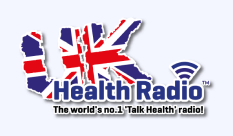



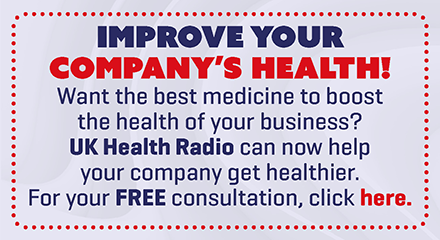

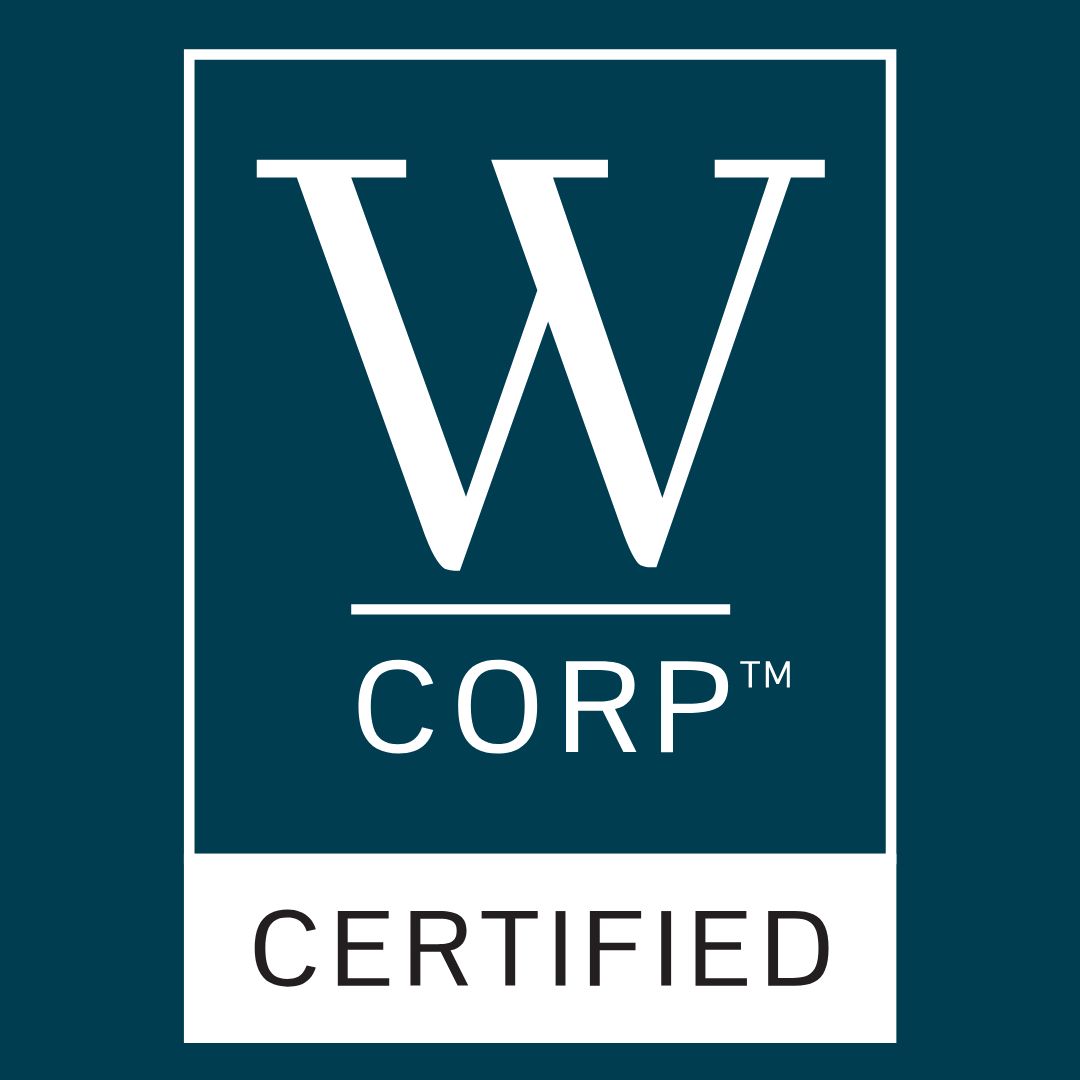
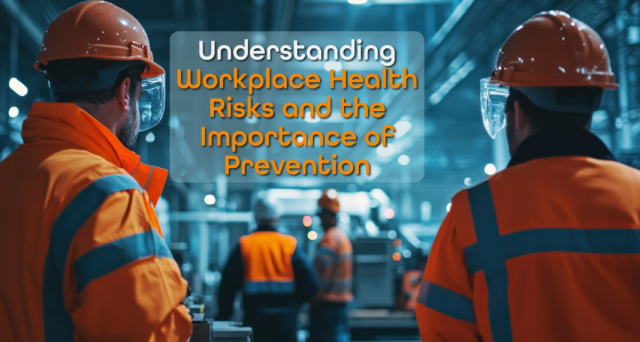












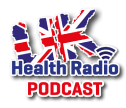

Johann Ilgenfritz
2024-04-22 16:48:58
Johann Ilgenfritz
2024-04-22 08:02:08
Johann Ilgenfritz
2024-04-22 08:00:25
Johann Ilgenfritz
2024-04-22 07:59:21